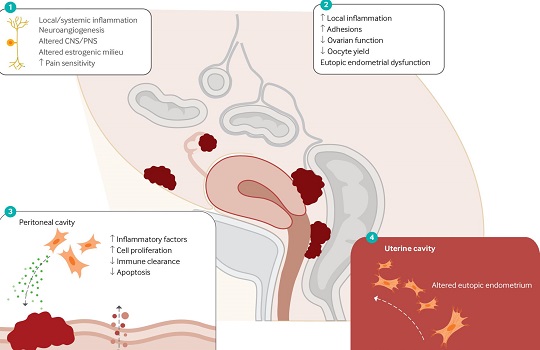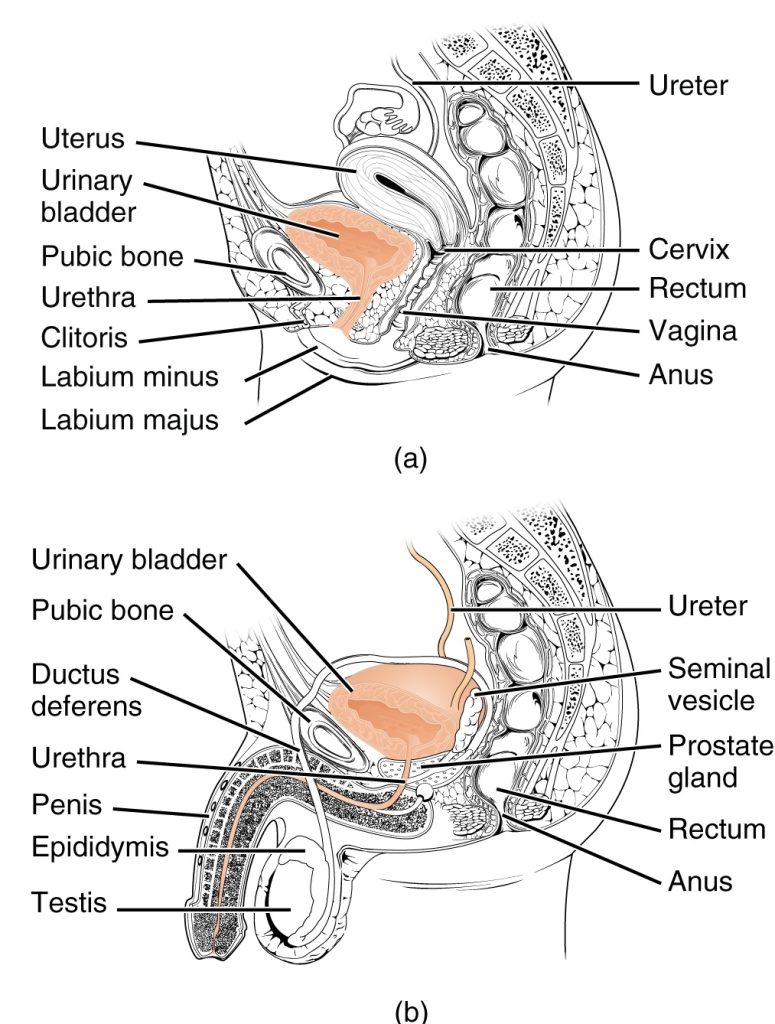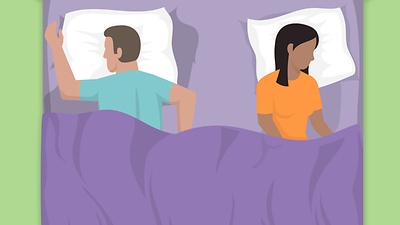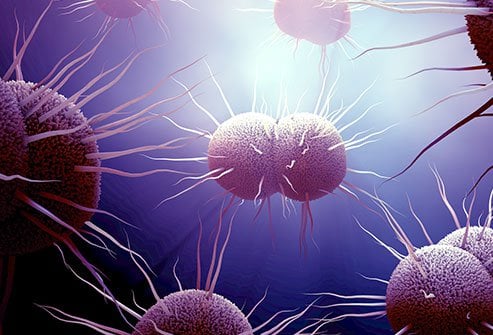What is BlueChew?
BlueChew is a subscription-based service that delivers FDA-approved prescription erectile dysfunction (ED) medications and premature ejaculation (PE) medications in chewable tablet form.
The key differentiators from traditional ED pills are:
- Chewable Format: Instead of a pill you swallow, it’s a tablet you chew and swallow.
- Telemedicine Model: You complete an online consultation, and if approved, a licensed healthcare provider in your state prescribes the medication.
- Subscription Service: Medications are delivered directly to your door on a recurring schedule.
- Lower Cost: They often market themselves as a more affordable alternative to brand-name drugs.
How Does BlueChew Work?
The process is entirely online:
- Online Consultation: You fill out a detailed medical questionnaire about your health history, current medications, and the issues you’re facing.
- Healthcare Provider Review: A licensed healthcare professional reviews your application. They will determine if BlueChew is safe and appropriate for you.
- Prescription & Delivery: If approved, your prescription is filled, and the chewable tablets are shipped to you.
- Ongoing Care: You can message your provider with questions or concerns through the BlueChew platform.
The Medications BlueChew Offers
BlueChew offers two main types of medications:
1. For Erectile Dysfunction (ED)
These are the same active ingredients as popular ED pills, but in chewable form. They work by increasing blood flow to the penis.
- Sildenafil (the active ingredient in Viagra):
- BlueChew Dosages: 30mg or 45mg.
- How it works: Takes effect in about 30-60 minutes and lasts for 4-6 hours.
- Tadalafil (the active ingredient in Cialis):
- BlueChew Dosages: 6mg or 9mg.
- How it works: Takes effect in about 30-60 minutes and can last up to 36 hours. This is often called “The Weekend Pill” because of its long duration.
2. For Premature Ejaculation (PE)
- Medication: A compound cream containing Sildenafil (the active ingredient in Viagra) and a numbing agent.
- How it works: The numbing agent (a topical anesthetic) helps reduce sensitivity to delay ejaculation. The Sildenafil component is included to help with achieving and maintaining an erection, which can also help with confidence and control.
Pros and Cons of BlueChew
Pros:
- Convenience: The entire process is online, discreet, and delivered to your home.
- Discreet: The packaging is plain, and the chewable tablets don’t look like traditional prescription bottles.
- Accessibility: Makes it easier for men who are embarrassed to talk to a doctor in person about ED or PE.
- Taste: Many users report the tablets taste better than swallowing a pill, with flavors like mint or fruit.
- Potential Cost Savings: Often cheaper than paying for brand-name drugs without insurance.
Cons and Important Considerations:
- Not for Everyone: It’s a real prescription medication with real risks. It is not safe for men taking nitrates (for chest pain) or certain other medications.
- Side Effects: Common side effects can include headache, flushing, indigestion, nasal congestion, back pain (more common with Tadalafil), and dizziness. The numbing cream for PE can cause temporary loss of sensation for your partner if not used correctly.
- No In-Person Exam: While convenient, some argue that an online questionnaire cannot fully replace a comprehensive physical exam and a detailed conversation with a personal doctor.
- Subscription Model: It’s easy to forget you’re signed up for recurring charges. You must remember to manage or cancel your subscription.
- Insurance: BlueChew does not work with insurance companies. You pay out-of-pocket.
Key Things to Know Before Considering BlueChew
- It’s a Real Prescription: Don’t be fooled by the marketing; these are potent drugs. You must be honest on your health questionnaire.
- Consult Your Doctor First: The safest approach is to talk to your primary care physician or a urologist. They know your full medical history and can determine the best course of action.
- Understand the Risks: Be aware of the potential side effects and the serious danger of interacting with other medications, especially nitrates.
- It’s a Treatment, Not a Cure: These medications treat the symptoms of ED and PE; they do not cure the underlying cause. Addressing lifestyle factors (diet, exercise, stress, sleep) is often a crucial part of managing these conditions.
- Legitimacy: BlueChew is a legitimate telemedicine company that uses licensed U.S. physicians and pharmacies. It is not a scam, but it is a business model designed for convenience.
Final Verdict
BlueChew can be a convenient and effective solution for many men who have been properly screened and for whom these medications are deemed safe.
However, it is not a substitute for a comprehensive medical evaluation, especially if you have underlying health conditions like heart disease, high blood pressure, or if you are experiencing ED for the first time, which can be a sign of a more serious health issue.
The bottom line: If you’re considering BlueChew, the most responsible first step is to have an open conversation with your doctor. If you proceed with BlueChew, be scrupulously honest on your health form and follow the dosage instructions carefully.
Medications that have been suggested by doctors worldwide are available on the link below
https://mygenericpharmacy.com/category/products/mens-health





